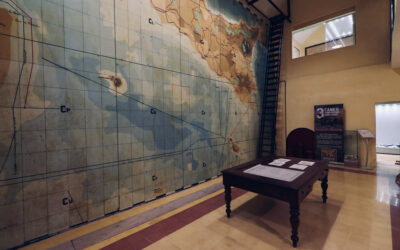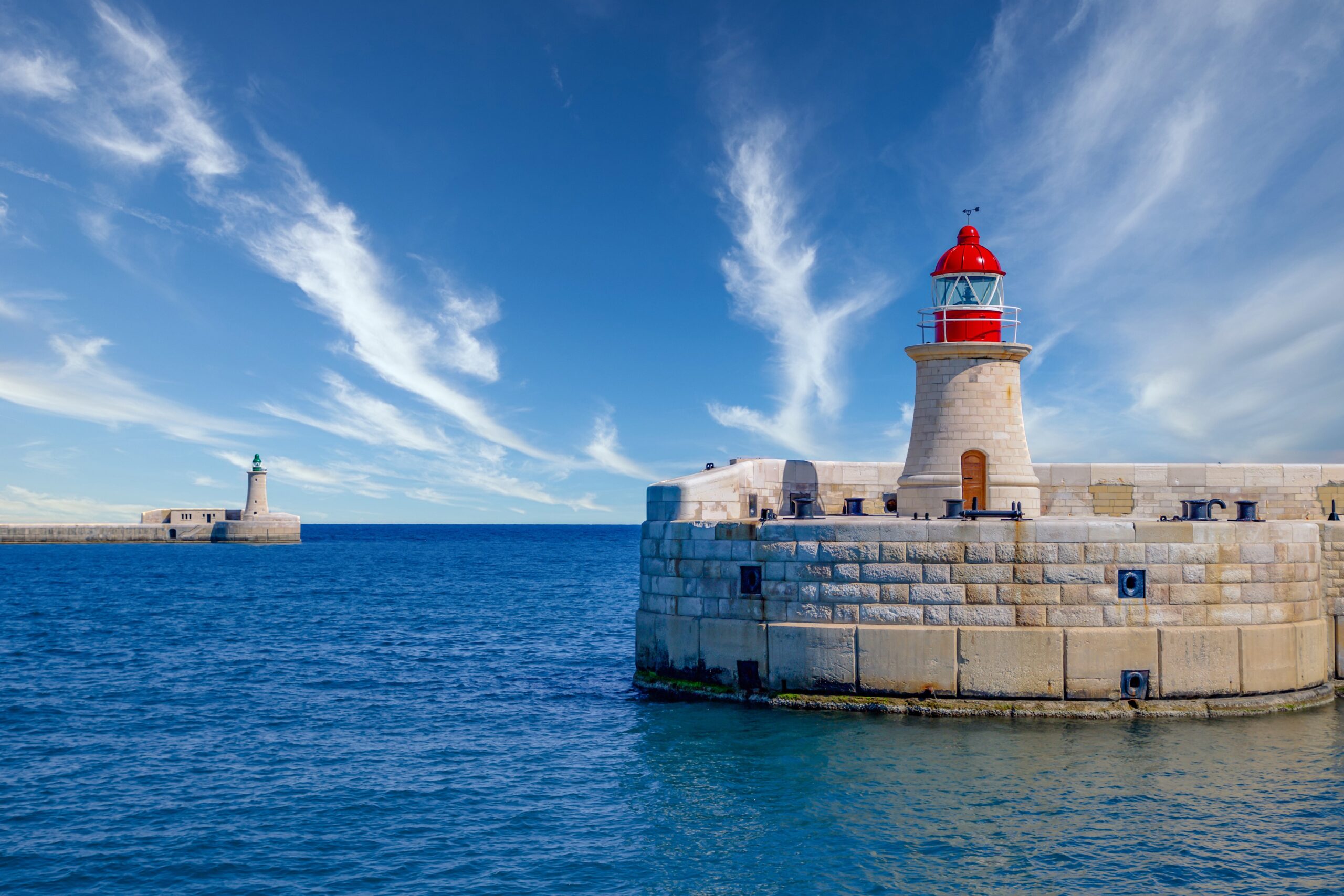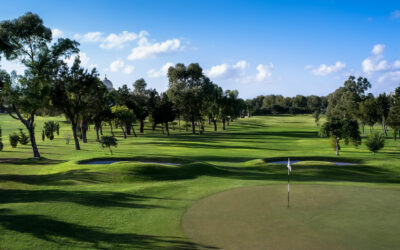Discover Maltaʼs Three World Heritage Sites
Malta proudly boasts three UNESCO World Heritage sites: the historic city of Valletta, the ancient megalithic temples (including Ġgantija, Ħaġar Qim, Mnajdra, Skorba, Taʼ Ħaġrat, and Tarxien), and the remarkable Ħal Saflieni Hypogeum. These sites collectively represent the islandʼs rich cultural and historical legacy.
The Ħal Saflieni Hypogeum: An Underground Temple with a Timeless Legacy
Discovered serendipitously in 1902 by construction workers from Paola, the Ħal Saflieni Hypogeum is a rare underground prehistoric cemetery, dating back to between 3300 and 2500 BC. This fascinating site features three distinct levels:
- The oldest level, dating to around 3600 BC, is the highest.
- The most recent level, from approximately 2500 BC, is situated about 10 meters below ground.
A visit to this extraordinary site is a must during your stay in Malta. The Hypogeum reveals a wealth of artifacts including pottery, beads, amulets, and animal sculptures. Notably, the famous Sleeping Lady statuette, an iconic piece of prehistoric art, is housed in the Museum of Archaeology in Valletta.
At The Snop House Senglea, guests can also admire a contemporary representation of the Sleeping Lady— a large bronze sculpture by artist Caroline Lee, located in the Sylolpasso room. (See photograph at the end of this article.)
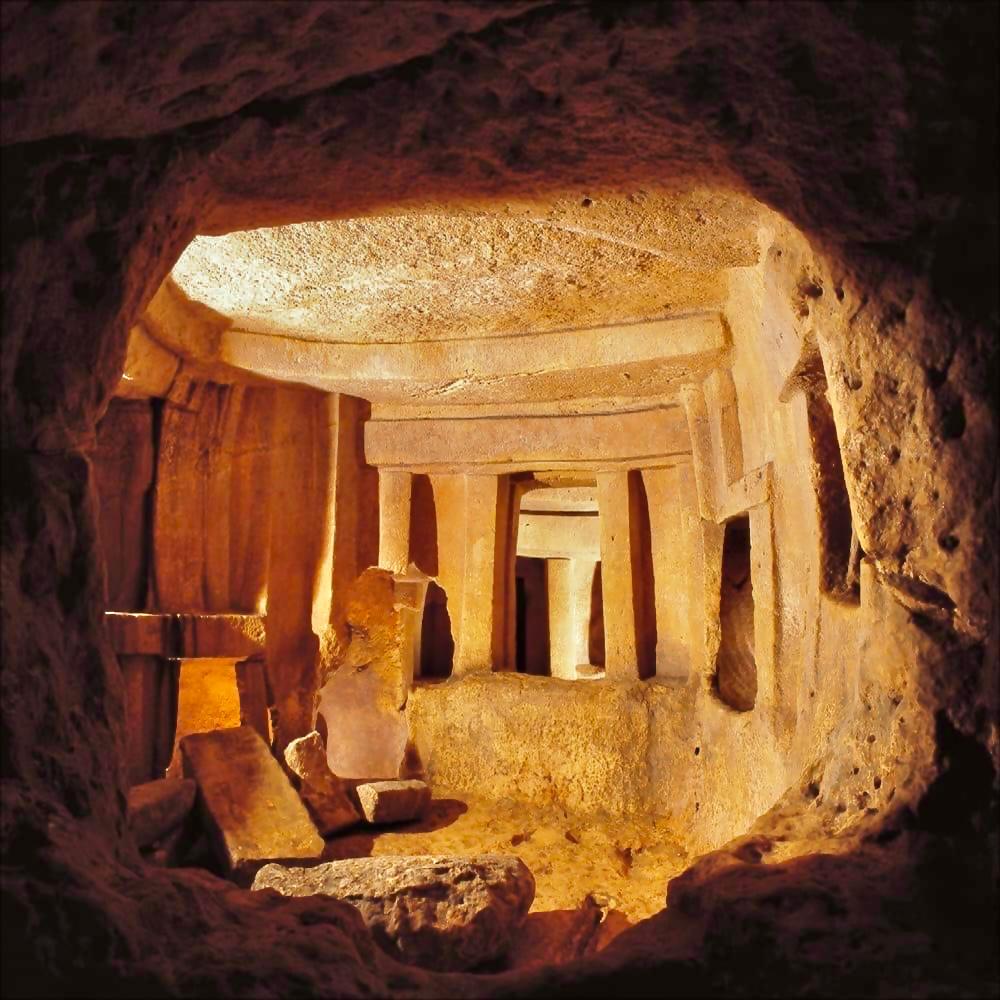
Visiting the Hypogeum: Practical Information
Getting to Paola
By Bus:
- From Valletta (approx. 20 minutes): Routes 1, 2, 3, 91, 92, 93.
- From Senglea (approx. 8 minutes): Routes 1, 213.
Disembark at Paola (Boni West Side station) and follow the “Hypogeum” signs (5-10 minutes on foot).
Booking Your Visit:
The Hypogeum is open daily from 10:00 to 18:00. Due to high demand, it’s essential to book your visit well in advance. Only 80 visitors are permitted daily in groups of 10 every hour. Purchase tickets several months ahead via the Heritage Malta Hypogeum Tickets website. If tickets for your preferred dates are unavailable, you may purchase one of 20 daily tickets available for the following day at noon and 4pm at the Fort Elmo ticket office in Valletta. The office opens at 9am, so arriving early is recommended for the best chance of securing tickets.
If you are passing through Paola, last-minute tickets are occasionally available, though these may be pricier.
What to Do in Paola After Your Visit
Paola, or Raħal Gdid in Maltese, is a vibrant town named after Grand Master Antoine de Paule, who founded it in 1626. The town features a grid layout and has evolved into a commercial hub with pleasant gardens and open spaces. The main square (Via Triq Hal Luqa) has been recently revitalized, offering a range of shops, cafés, and restaurants. We recommend Panormus for authentic Sicilian cuisine and The Pavilion Club, located on the historic Corradino hill.
Key attractions in Paola include:
- Christ the King Parish Church: Built between 1924 and 1959, this impressive church boasts ten altars and distinctive silver domes. The feast of Christ the King is celebrated on the fourth Sunday in July.
- Baroque Church of Saint Ubaldesca: The oldest church in Paola, established by the Order of Saint John in the 17th century. It’s a significant historical landmark and part of Malta’s National Inventory of Cultural Assets.
Nearby Attractions
- Tarxien Temples: Located a few blocks from the Hypogeum, these megalithic temples (open from 10:00 to 18:00) consist of four temples built between 3000 and 2500 BC. The site showcases early construction techniques and features stone altars with intricate geometric and animal motifs.
- Chinese Garden of Serenity: Located in Santa Lucia, this tranquil garden is ideal for contemplation and relaxation.
- Addolorata Cemetery: A vast necropolis in Paola with numerous sculptures and architectural features, perfect for a reflective stroll.
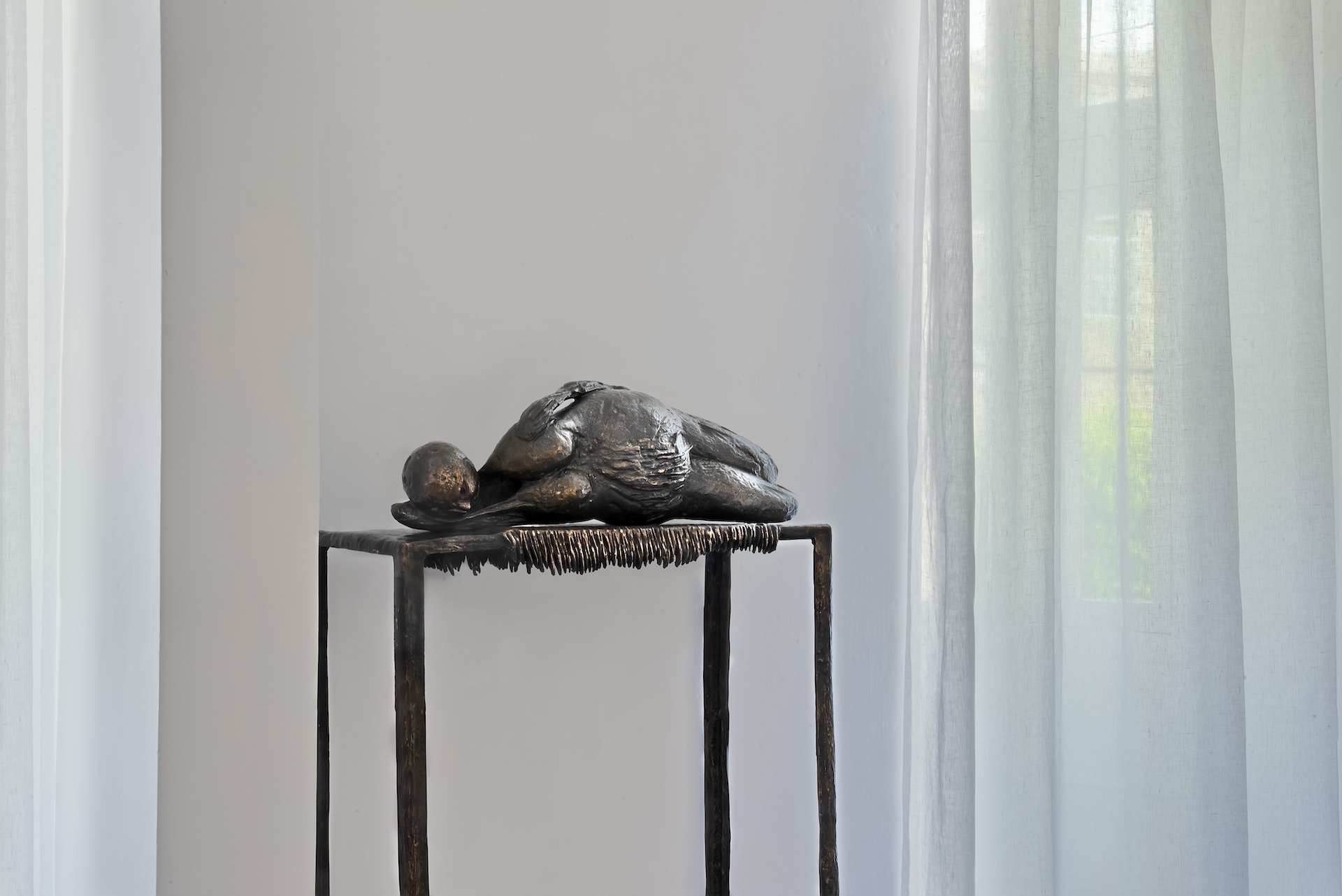

Thank you for reading! If you’re looking for an unforgettable stay in the heart of Senglea, Malta, The Snop House is the perfect destination. With its blend of modern comfort and historic charm, our boutique hotel offers a unique experience that you’ll cherish. Explore our range of stylish rooms, each designed to provide a peaceful retreat. Whether you’re planning a quick getaway or a longer stay, The Snop House has the perfect space for you.
Ready to experience it for yourself? Book your stay now and immerse yourself in the beauty of Malta. We can’t wait to welcome you!

